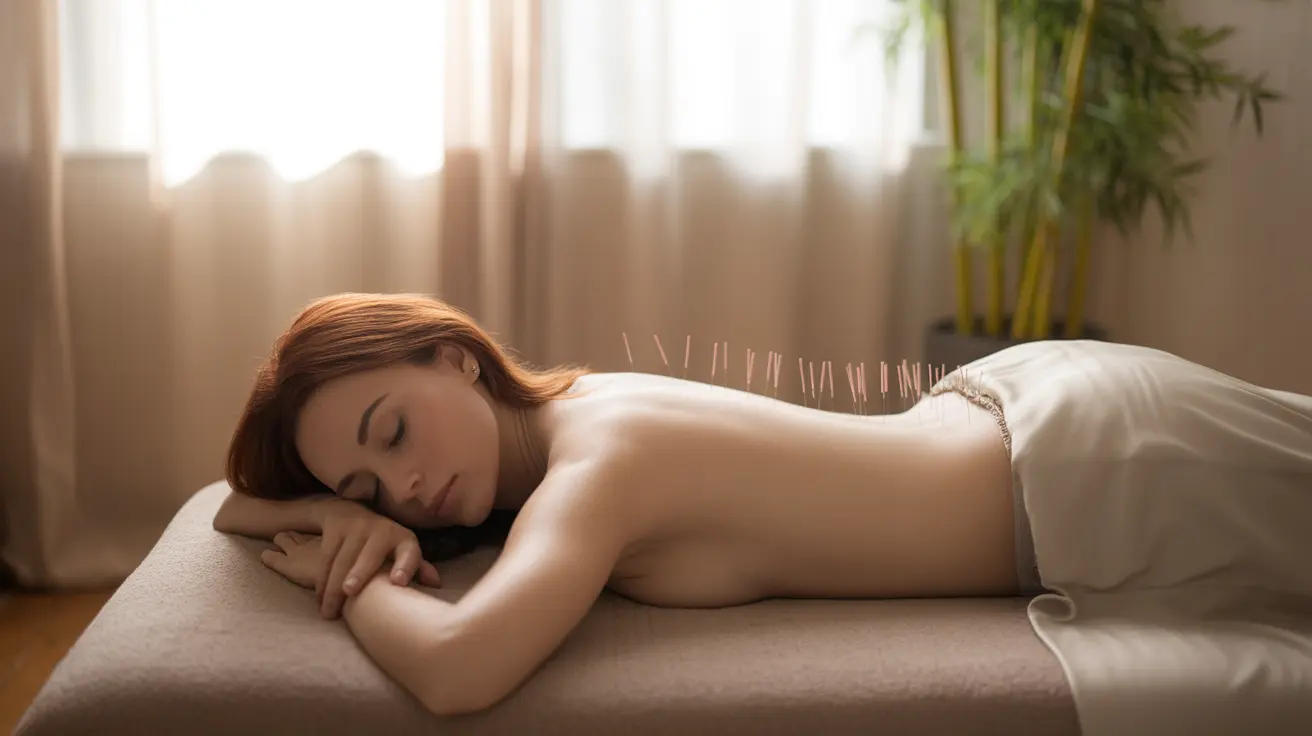Living with an overactive bladder can significantly impact your quality of life, leading many people to seek alternative treatments beyond conventional medication. Acupuncture, an ancient practice rooted in Traditional Chinese Medicine, has emerged as a promising option for managing overactive bladder symptoms. This comprehensive guide explores how acupuncture might help alleviate your bladder concerns and what you can expect from this treatment approach.
Understanding Acupuncture for Bladder Control
Acupuncture involves the strategic placement of thin needles at specific points throughout the body. For overactive bladder treatment, practitioners typically focus on points that influence bladder function, nerve pathways, and pelvic floor muscles. This technique aims to regulate the nervous system and improve bladder control mechanisms.
How Acupuncture Works for Overactive Bladder
The treatment works through several mechanisms to help manage overactive bladder symptoms:
- Regulating nerve signals between the bladder and brain
- Reducing muscle tension in the pelvic area
- Improving blood flow to bladder tissues
- Decreasing inflammation
- Modulating neurotransmitter levels
Types of Acupuncture Treatments
Traditional Acupuncture
Traditional acupuncture uses fine needles inserted at specific points along energy meridians. Sessions typically last 20-30 minutes, with the patient lying comfortably while the needles remain in place. This method focuses on restoring balance to the body's energy flow.
Electroacupuncture
Electroacupuncture combines traditional needle placement with mild electrical stimulation. This enhanced approach may provide additional benefits for overactive bladder symptoms by delivering controlled electrical pulses to targeted areas.
Treatment Protocol and Timeline
Most practitioners recommend an initial series of 6-12 weekly sessions to evaluate effectiveness. Some patients notice improvements after just a few sessions, while others may require longer treatment periods. Your practitioner will develop a personalized treatment plan based on your specific symptoms and response to therapy.
Safety and Side Effects
When performed by a qualified practitioner, acupuncture is generally safe for treating overactive bladder. Common minor side effects may include:
- Mild soreness at needle sites
- Minor bruising
- Temporary fatigue
- Slight dizziness
Combining Acupuncture with Other Treatments
Acupuncture can be effectively integrated with other overactive bladder treatments. Many practitioners recommend a comprehensive approach that may include:
- Pelvic floor exercises
- Bladder training techniques
- Dietary modifications
- Traditional medications when necessary
Frequently Asked Questions
How effective is acupuncture for treating overactive bladder symptoms compared to medication?
Research suggests that acupuncture can be as effective as some medications for overactive bladder, with fewer side effects. Studies have shown success rates between 60-70% for symptom improvement, though individual results may vary.
What are the common side effects of using acupuncture for overactive bladder?
Most side effects are mild and temporary, including minor soreness at needle sites, slight bruising, and occasional fatigue. Serious complications are rare when treatment is performed by a qualified practitioner.
How many sessions of acupuncture typically are needed to see improvements in overactive bladder symptoms?
Most patients require 6-12 weekly sessions to experience significant improvements. Some may notice changes after 3-4 sessions, while others might need extended treatment periods for optimal results.
Is electroacupuncture more effective than traditional acupuncture for treating overactive bladder?
Studies indicate that electroacupuncture may provide enhanced benefits compared to traditional acupuncture for some patients. The electrical stimulation can help strengthen the effect on nerve pathways controlling bladder function.
Can acupuncture be used alongside other treatments for overactive bladder, such as pelvic floor exercises?
Yes, acupuncture works well as part of a comprehensive treatment approach. It can be safely combined with pelvic floor exercises, bladder training, dietary changes, and conventional medical treatments when appropriate.
Always consult with healthcare providers before starting any new treatment regimen for overactive bladder, and ensure you work with a licensed and experienced acupuncture practitioner.




